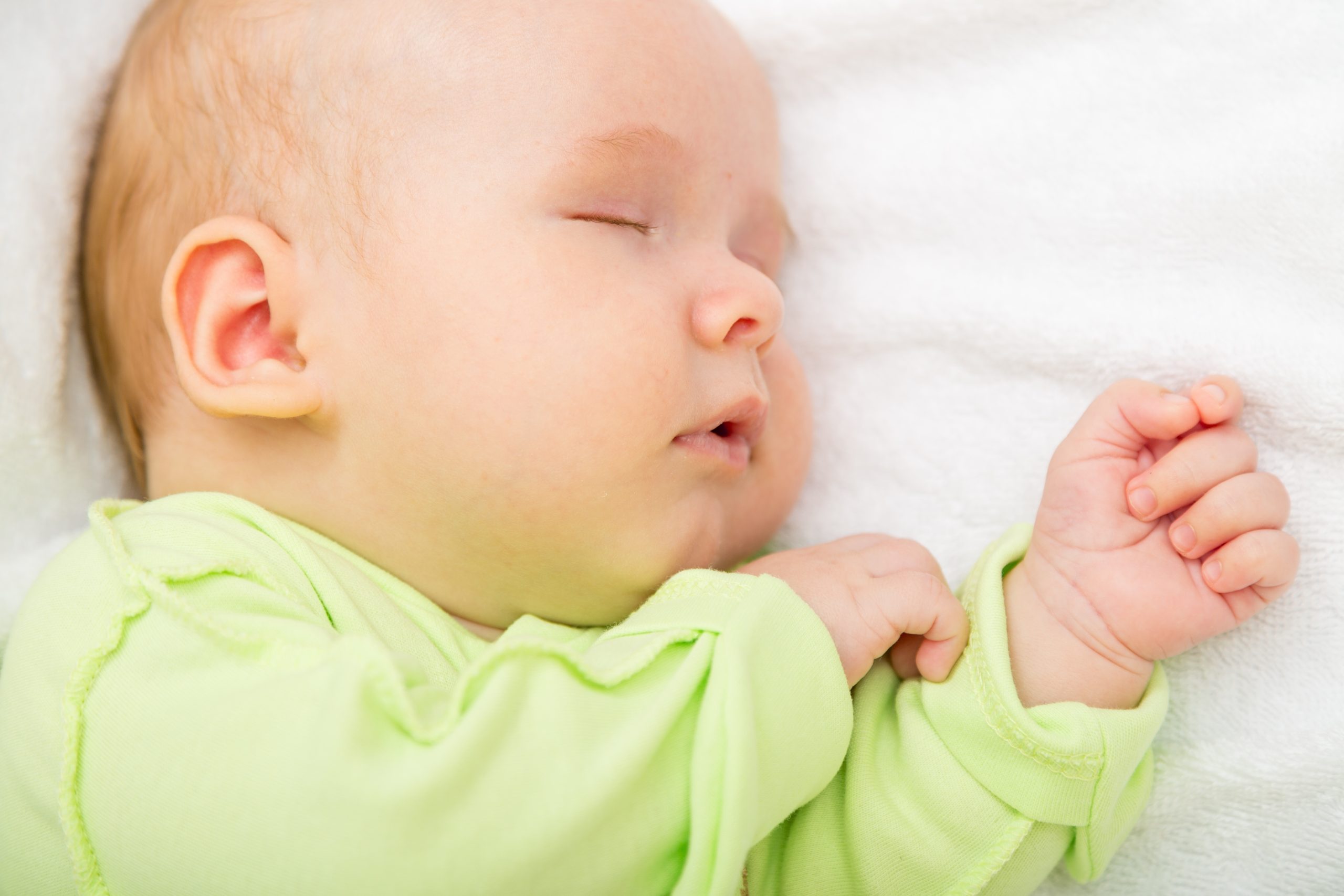
Historically, moms and baby and slept together and for the majority cultures outside the Western industrialized context, they still do. Mom instinctively kept baby close, breastfed on demand through the night and curled around the baby to keep baby safe. The babies who co-sleep cry less, sleep more and breastfeed better (Baddock, Galland, & Bolton et al., 2006). Co-sleeping increases skin-to-skin contact which creates more stable and normal skin temperatures, more stable heart rates and blood pressures, higher blood sugars, lower stress and greater daily growth (Horsley, Clifford, & Barrowman et al., 2007). Mothers are also more likely to breastfeed more easily and for longer duration (Ball, 2002). Interestingly skin-to-skin contact also allows the baby to be colonized by the same bacteria as the mother, which has been shown to be important in prevention of allergic diseases (Newman, Kernerman, 2009).
But what about SIDS? What are the facts?
Public health agencies have created a fear based campaigns to prevent infant death by warning ALL mothers never to bed share. The fight against co-sleeping arose due to one study that suggested a link between co-sleeping and infant death. The issue is their recommendation is based on a study with flaws that have biased their conclusions. The moms in the study smoked, were at times intoxicated and formula fed their infants, which all independently increase the risk of SIDS (Mitchell and Thompson, 1995). Based on these results public health agencies have grouped low risk and high-risk moms together and neglected to take into account the baby’s health, how baby is dressed or the physical bed sharing conditions.
Horror stories of baby suffocating are spread loudly but research shows the anti-co-sleeping campaigns have not effectively reduced bed sharing behaviors or infant death. It is time the fear based campaign be changed to an evidence based ones. Research estimates at least two-thirds of all breastfeeding moms bed share at some point. What happens is unfortunately because mom is so afraid to bed share she ends up falling asleep on sofas or reclining chairs in the middle of the night which is known to increase suffocation and injury risk.
The most recent international study on SIDS rates conducted by the SIDS Global Task Force shows that in areas of low SIDS awareness and low SIDS rates were also the areas with the highest proportion of co-sleep and bed sharing. Infants who bed share have higher levels of arousal which is actually protective against premature development of deep sleep patterns that puts them at risk of SIDS (Horsley, Clifford, & Barrowman et al., 2007).
New recommendations should be put forth based on the evidence that low risk moms with healthy breastfed babies can safely bedshare with confidence. Instead of saying NO a discussion needs to take place between families and primary care providers to educate and promote SAFE sleep regardless of arrangement. An exhausted mom may not plan to fall asleep with her baby but if an evidence-based discussion has taken place, a prepared bed makes it safer if she does.
Smart steps to safer bed sharing:
- No Smoking
- Sober Parents – No alcohol, drugs or drowsy meds
- Breastfeed Day and Night
- Healthy Full-term Baby
- No other Young Siblings in Bed
- Avoid Over Heating- No swaddling, No Heavy Blankets
- Baby on Back
- Safe Surface- Firm mattress, No extra pillows, No toys or objects
References:
American Academy of Pediatric Task Force. (1997). Positioning and SIDS. Does bed sharing affect the risk of SIDS? Pediatrics, 100, 1245–1255.
American Academy of Pediatric Task Force on Sudden Infant Death Syndrome. (2005). The changing concept of sudden infant death syndrome: Diagnostic coding shifts. Controversies regarding the sleeping environment, and new variables to consider in reducing risk. Pediatrics, 116, 1245–1255.
Baddock, S. A., Galland, B. C., Bolton, D. P., Williams, S. M., & Taylor, B. J. (2006). Differences in infant and parent behaviors during routine bed sharing compared with cot sleeping in the home setting. Pediatrics, 117(5), 1599–1607.
Ball, H. L. (2002). Reasons to bed share: Why parents sleep with their infant. Journal of Reproductive and Infant Psychology, 20, 207–222.
Horsley, T., Clifford, T., Barrowman, N. , Bennet, S., Yazdi, F., Sampson, M. . . . Côté, A. (2007). Benefits and harms associated with the practice of bed sharing. Archives of Pediatrics & Adolescent Medicine, 161, 237–245.
Mitchell, E. A., and J. M. D. Thompson. Co-sleeping increases the risk of SIDS, but sleeping in the parents’ bedroom lowers it. Sudden infant death syndrome: new trends in the nineties. Oslo, Norway: Scandinavian University Press, 1995.
Newman, Jack, and E. Kernerman. “The importance of skin to skin contact.” International Breastfeeding Centre (2009).
 By Breanne Kallonen
By Breanne Kallonen April 1, 2016
April 1, 2016